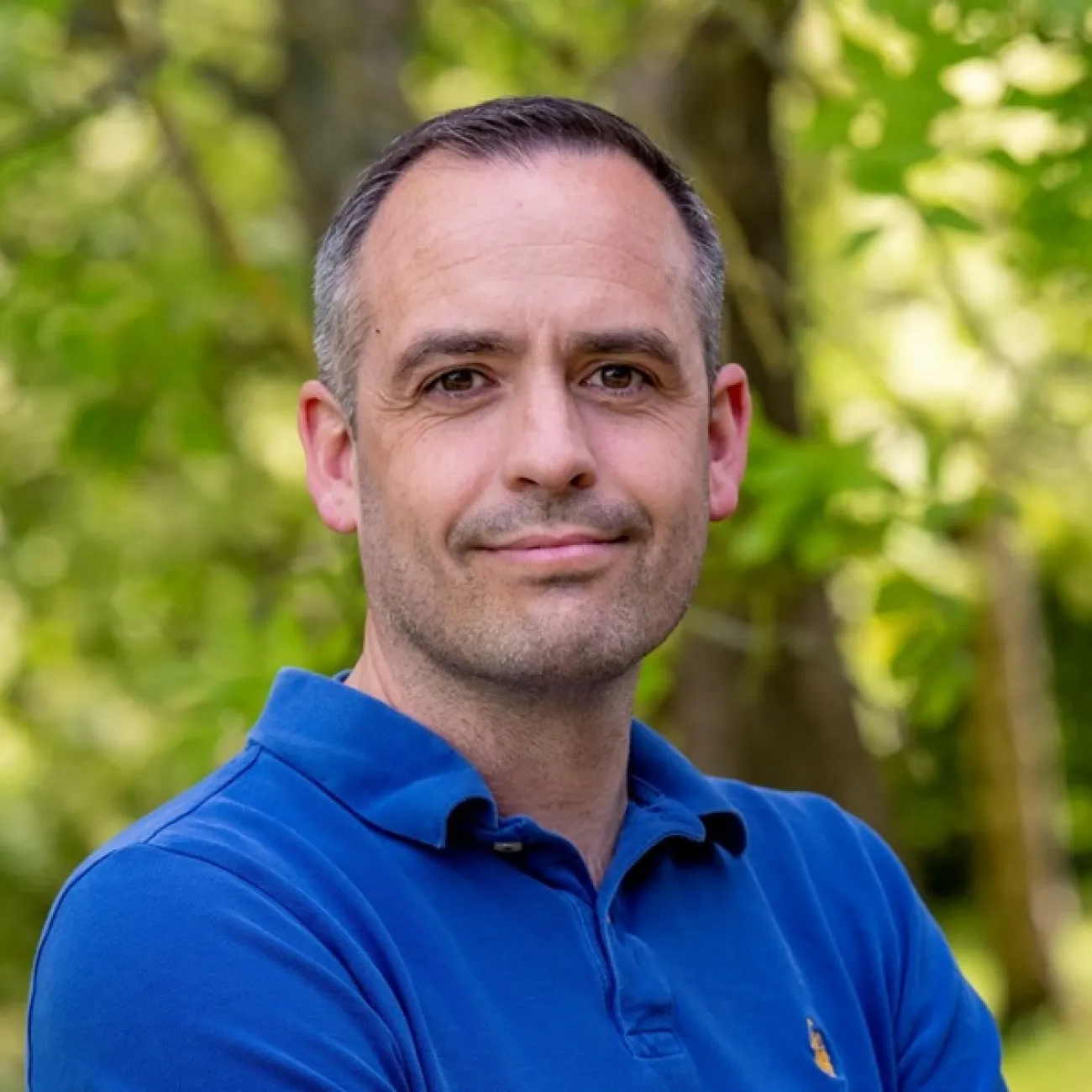About
Julian is Professor of Physical Geography and director of the Environmental Sensing @Southamton enterprise facility (ES@S; www.esas.soton.ac.uk). He is also the Director of Resources and Infrastructure for Geography and Environmental Science. Julian's research interests centre on understanding how geomorphic systems respond to environmental change, using process-form monitoring, modelling and remote sensing approaches. He is an expert in the collection, analysis and interpretation of high resolution morphological and process data, including through the use of Uncrewed Aerial and Surface Vehicles, terrestrial and mobile laser scanning, multi-beam echo sounding and the use of flow monitoring equipment (managed through the ES@S facility). He also has extensive expertise in physical modelling, including experiments seeking to quantify vegetation-flow interactions. He has have developed novel analyses for estimating roughness components of geomorphic surfaces (e.g. intertidal areas, river banks/beds, vegetated floodplains) to inform flow routing and mechanisms of erosion. Julian works at scales ranging from microscopic (using CT scanning), through to global analysis of river sediment dynamics using satellite remote sensing.
You can update this in Pure (opens in a new tab). Select ‘Edit profile’. Under the heading and then ‘Curriculum and research description’, select ‘Add profile information’. In the dropdown menu, select - ‘About’.
Write about yourself in the third person. Aim for 100 to 150 words covering the main points about who you are and what you currently do. Clear, simple language is best. You can include specialist or technical terms.
You’ll be able to add details about your research, publications, career and academic history to other sections of your staff profile.
